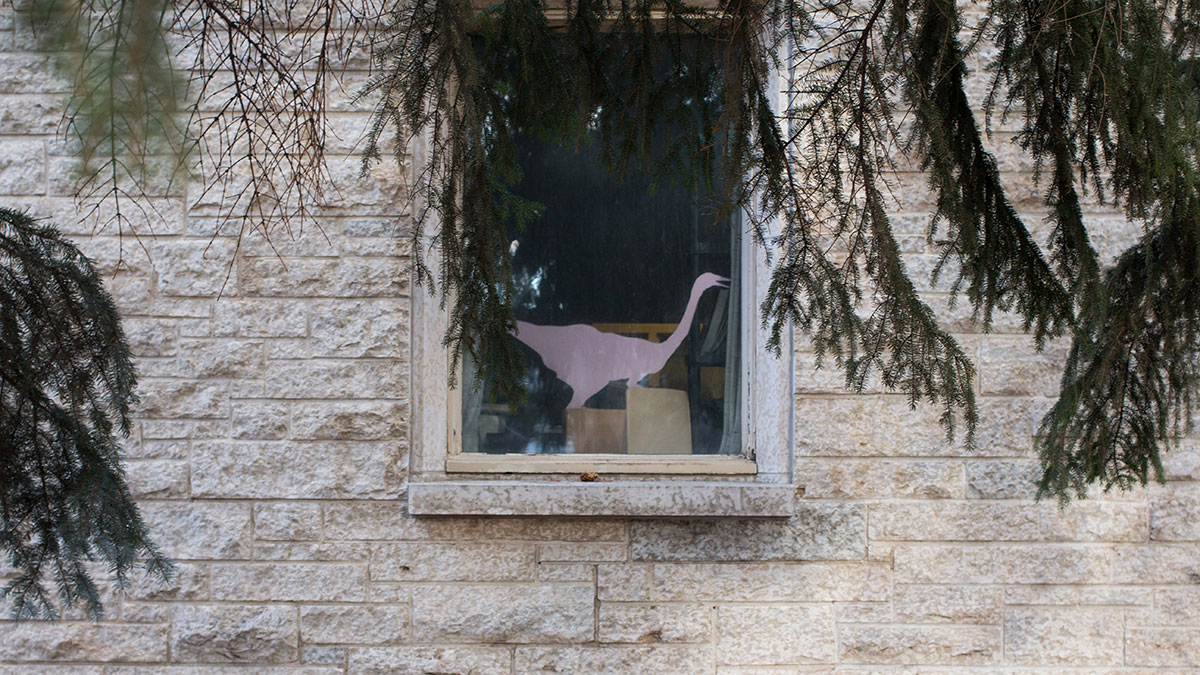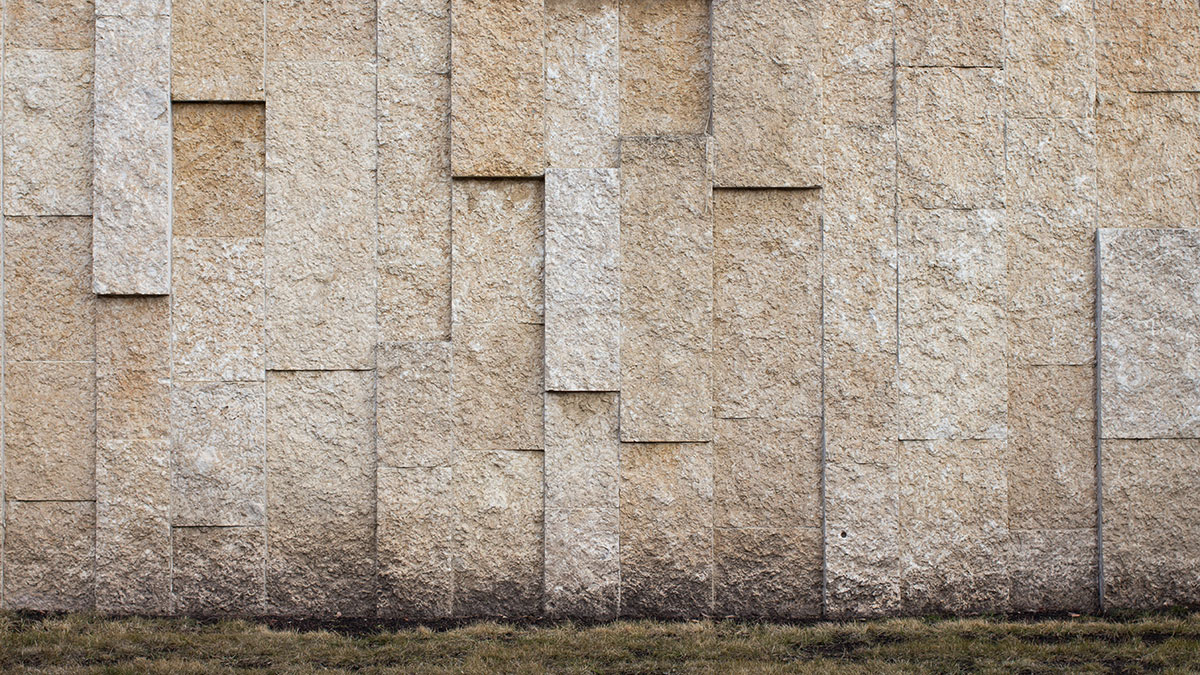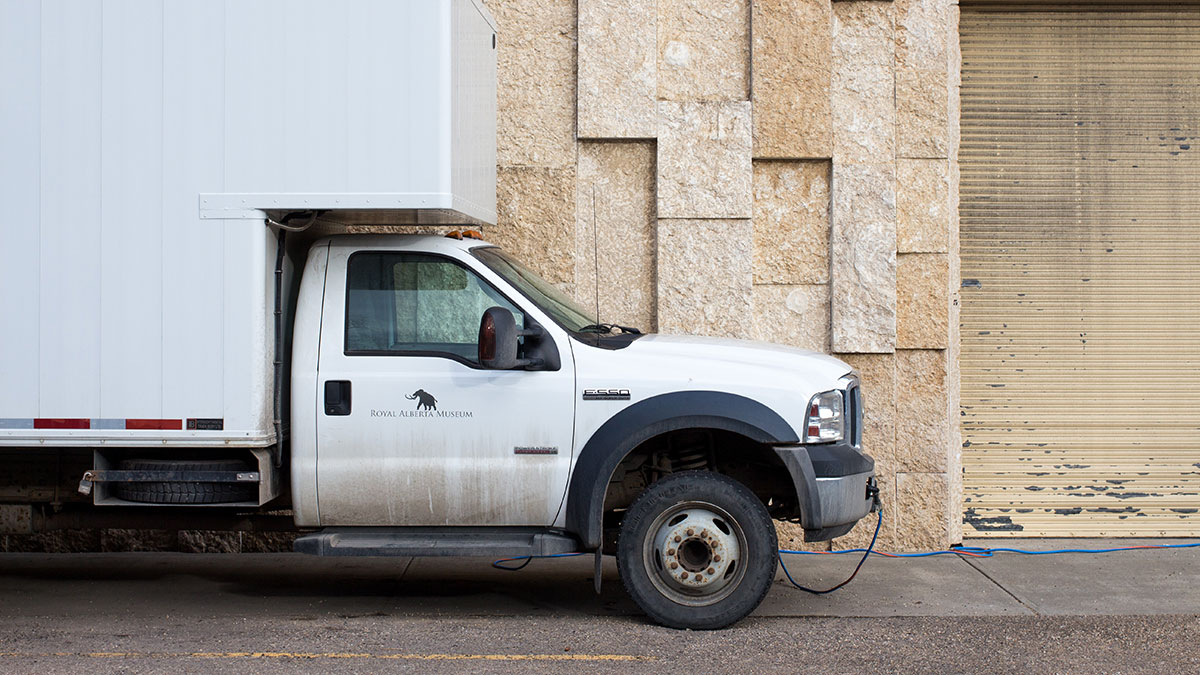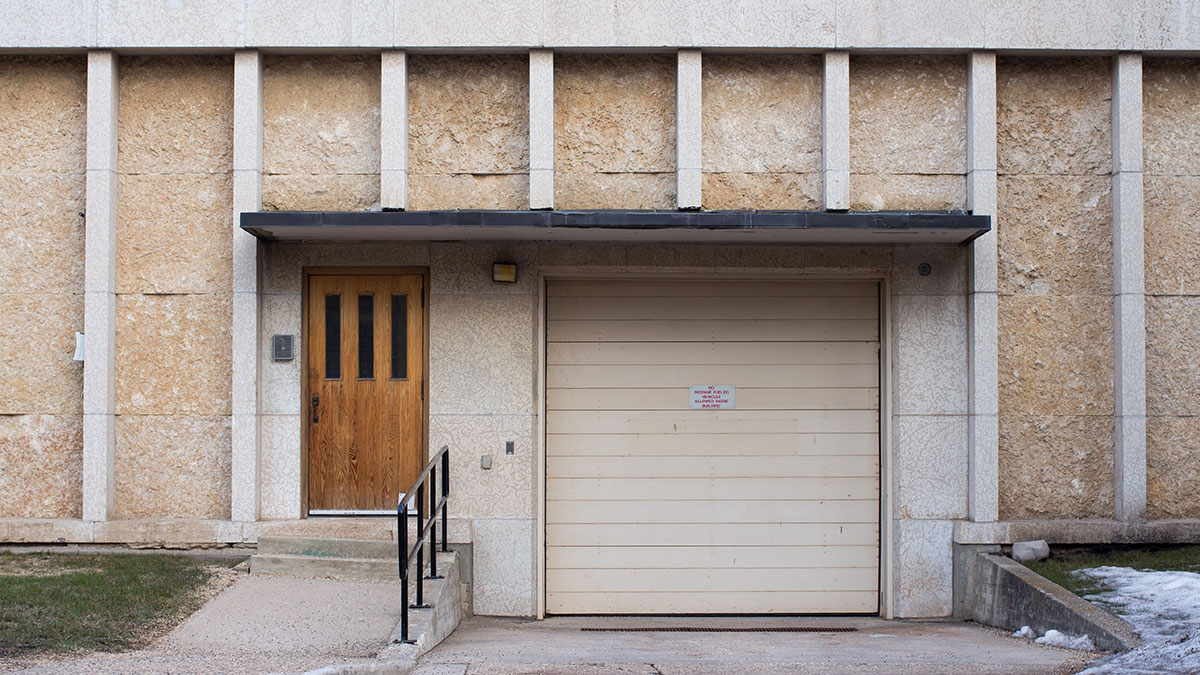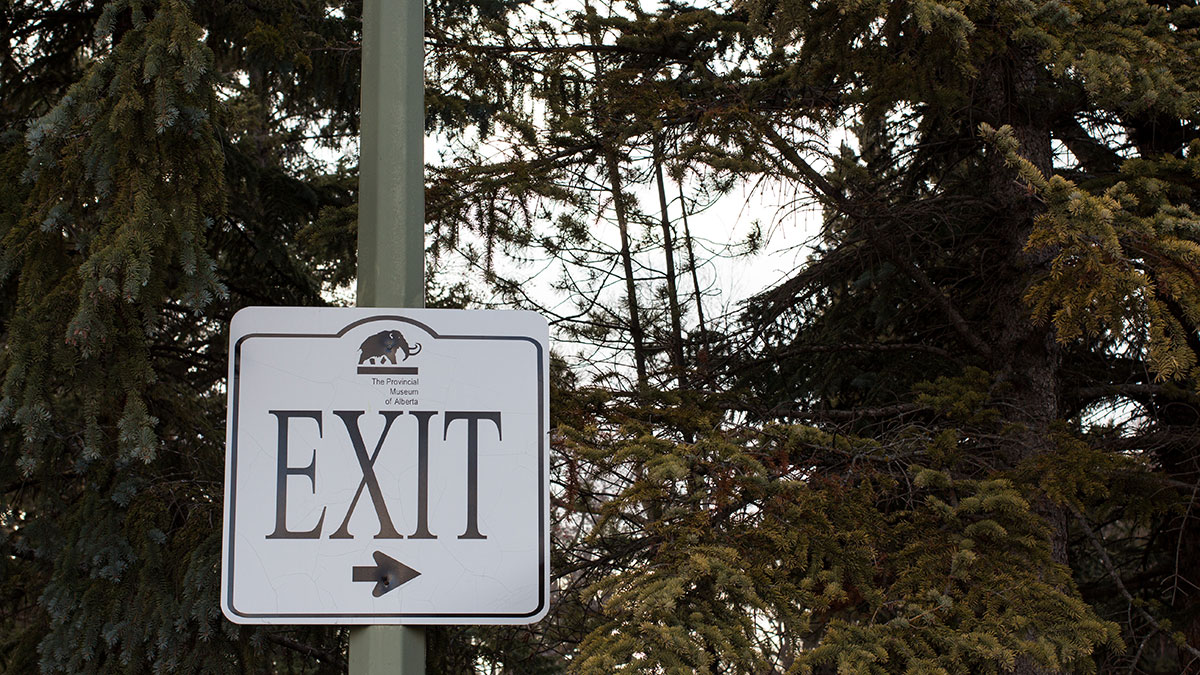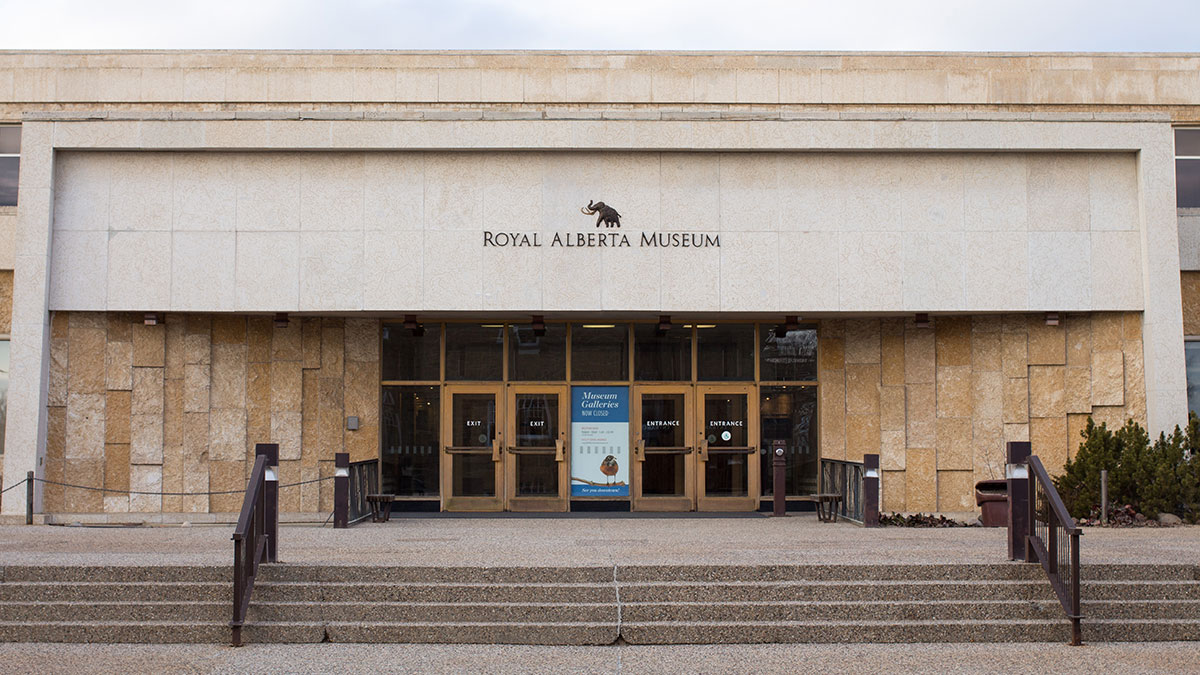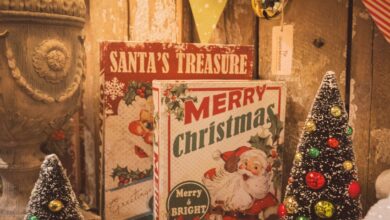 Christina Varvis
Christina VarvisTwo weeks ago, the provincial government requested proposals for what to do with the former Royal Alberta Museum building. Much to the public’s disapproval, the request was for ideas to “deconstruct” the building for the creation of a green space, and not for other ways to use it. The irony of tearing down a natural history museum to provide green space is something seemingly lost in the public outrage, but offers an interesting opportunity to ask what museums are even for, and what place they occupy in contemporary society.
Throughout the nineteenth century, museums emerged in Europe as public spaces of education and citizen-building. They represented spaces where class hierarchies were built (and still are — what’s more bougie than a museum?) and maintained, both on the level of patronage and what was actually being displayed. Museums were a space to showcase art and treasures appropriated from colonized nations under the guise of preservation. Museums were held up as pillars of culture in a civilized society by using false narratives and displaying colonized peoples as the uncivilized “other” to justify imperialism.
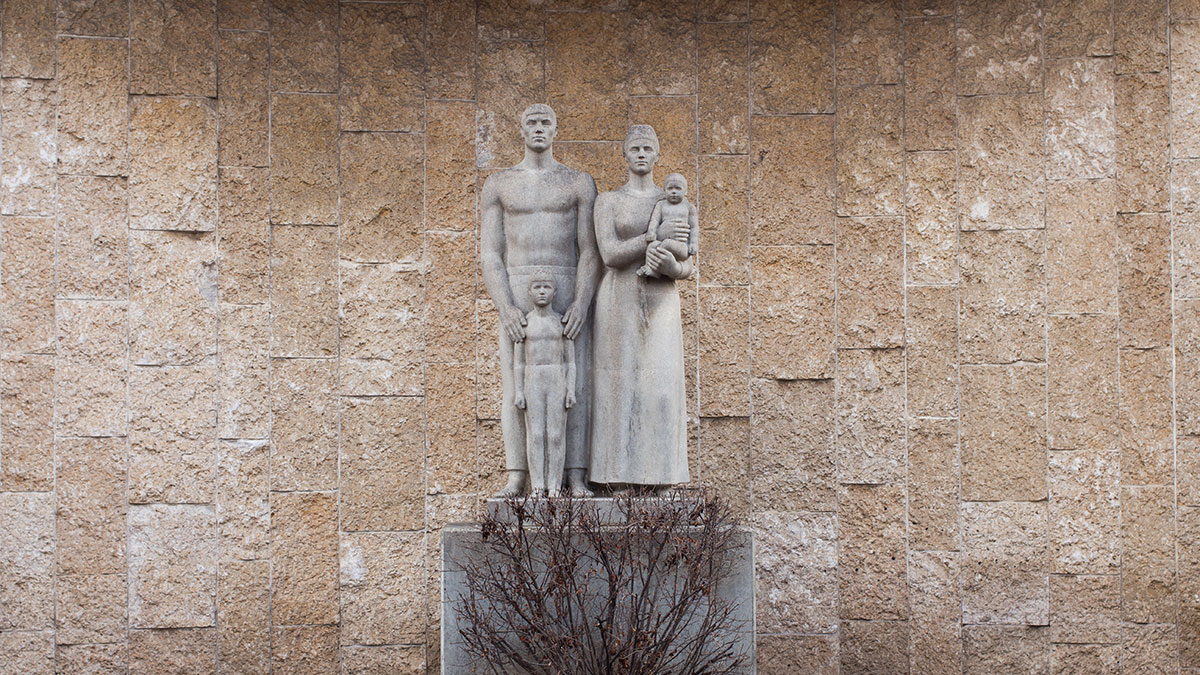
In North America, the story doesn’t differ very much. Natural history and anthropology museums are populated with images of native people as characters of history, and artifacts are “preserved” to showcase a vibrant cultural past, despite the vibrant cultural present of aboriginal communities. Museums also rarely tell accurate stories of violent colonization while obscuring the sins of the past, and contributing to ongoing colonization practices. Artifacts, art, and ceremonial objects are trapped in unwelcoming museums and kept from their rightful caretakers by museums that have no business preserving and curating a culture that doesn’t belong to them.
One such example is the Manitou Stone. The Manitou Stone is a large meteorite that landed on a hilltop overlooking Iron Creek centuries ago. Where it sat, it was considered an object of immense spiritual power. Elders and spiritual leaders proclaimed the Manitou Stone a sign from the Creator and a symbol of protection, and it became a gathering place for the Cree and Blackfoot people of the region as well as travelling tribes who would stop to pay homage.
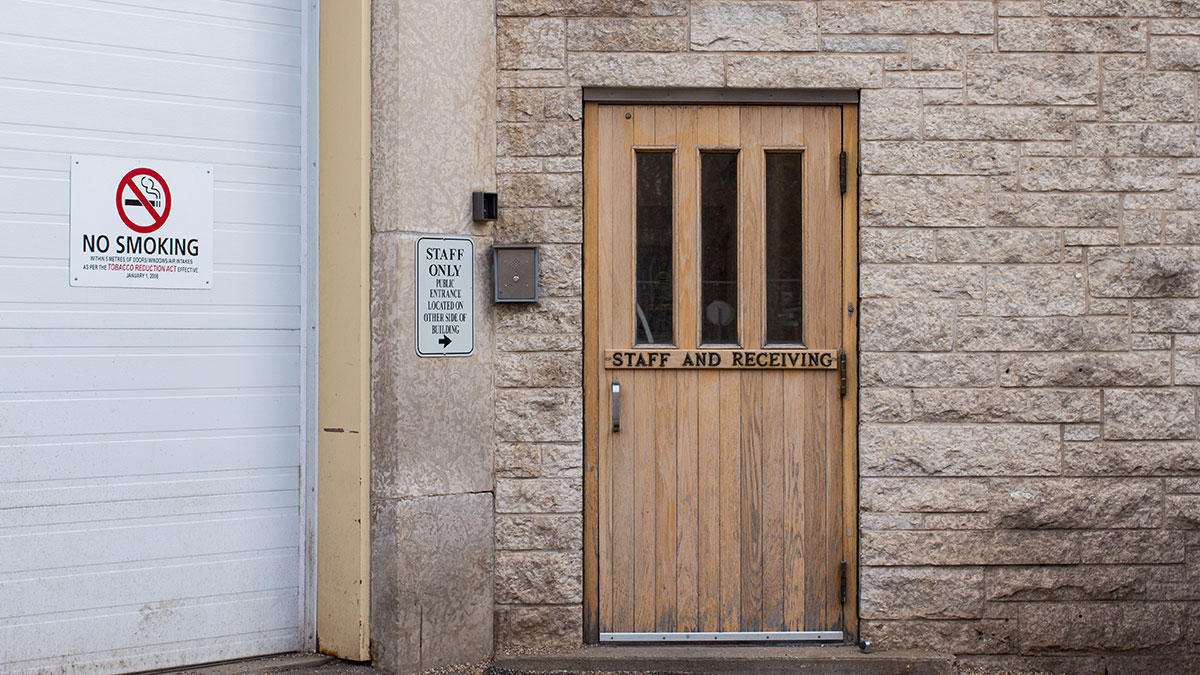
The removal of this sacred object was thought to precede disaster for the First Nations. In 1866, the meteorite was stolen by Reverend George McDougall and taken to a local mission. Many believe that the subsequent war between the Cree and Blackfoot and the smallpox epidemic that followed, as well as the eventual wipe-out of the buffalo, was a foreseen result of the Manitou Stone’s removal. Since 1866, the Manitou Stone (named the Iron Creek Meteorite by its captors) has been taken from the mission near Smoky Lake, to Lac Ste. Anne, to Victoria University in Cobourg, Ontario, to Toronto’s Royal Ontario Museum, and has finally come to rest in Edmonton where it is on loan to our very own Royal Alberta Museum. Until the temporary closure of RAM, it was kept in a corner of the museum where it was free to visit for ceremonial purposes.
There are still negotiations going on between First Nations of Alberta, the United Church, and the museum to work towards the repatriation of the Manitou Stone, but it’s been a slow process. Currently, Alberta has repatriation legislation in the form of the First Nations Sacred Ceremonial Objects Repatriation Act (FNSCORA). The problem with the FNSCORA is that it only allows repatriation to a single First Nation, and because elders have made it clear that the Manitou Stone belongs to all First Nations, it remains in the care of the museum. The FNSCORA also prevents the return of many other artifacts, limiting repatriation to objects that are deemed necessary for traditional ceremonial practices. According to the Royal Alberta Museum’s website, this means that “items of personal or familial significance do not meet the criteria outlined in the Act, and therefore are not considered appropriate objects for repatriation.”
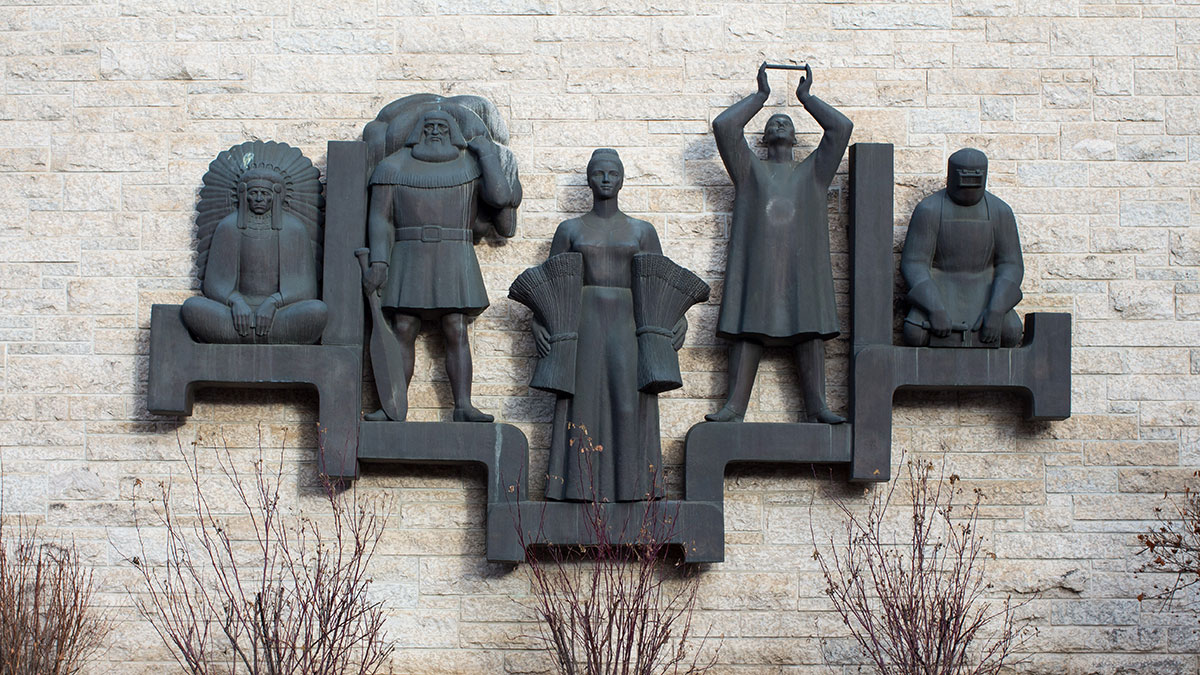
Perhaps there is a way to use museums as tools for reconciliation and representation of true First Nations histories, but it seems unlikely given that very few aboriginal people work as curators, and First Nations are rarely consulted in the creation of cultural exhibits. Instead, they will remain to paint false histories of native people as a cultural group of the past, and continue to obscure understandings of present realities of indigeneity. Stolen artifacts will remain in sites that are unwelcoming to and misrepresentative of their rightful owners, and colonization will continue under the guise of education and cultural preservation. I can’t speak to what to do with the old RAM building, but as for the colonial institution that museums represent, I say tear the whole system down.
